True or false: it’s possible to design and execute a contemporary office fitout that is equal parts thrifty, sustainable and stylish?
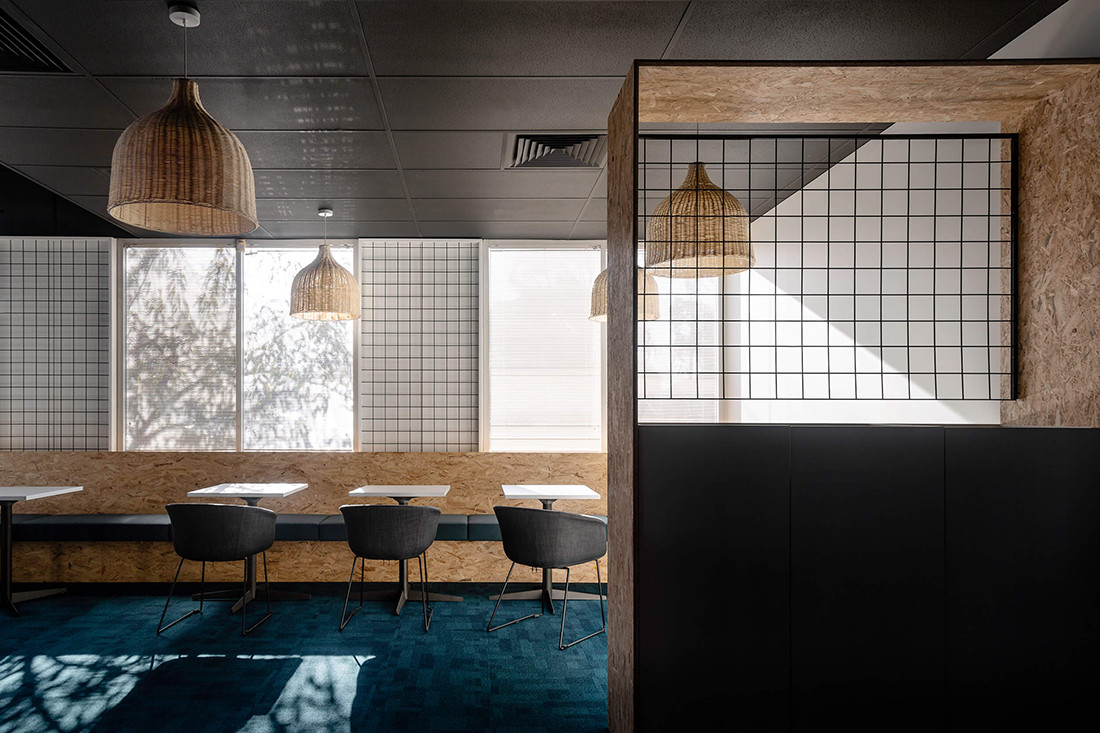
February 18th, 2021
‘Waste not, want not’ materiality and a modest stature are the defining qualities of the recently redesigned Asaleo Office in Melbourne, belying the client’s uncompromisingly ambitious project brief.
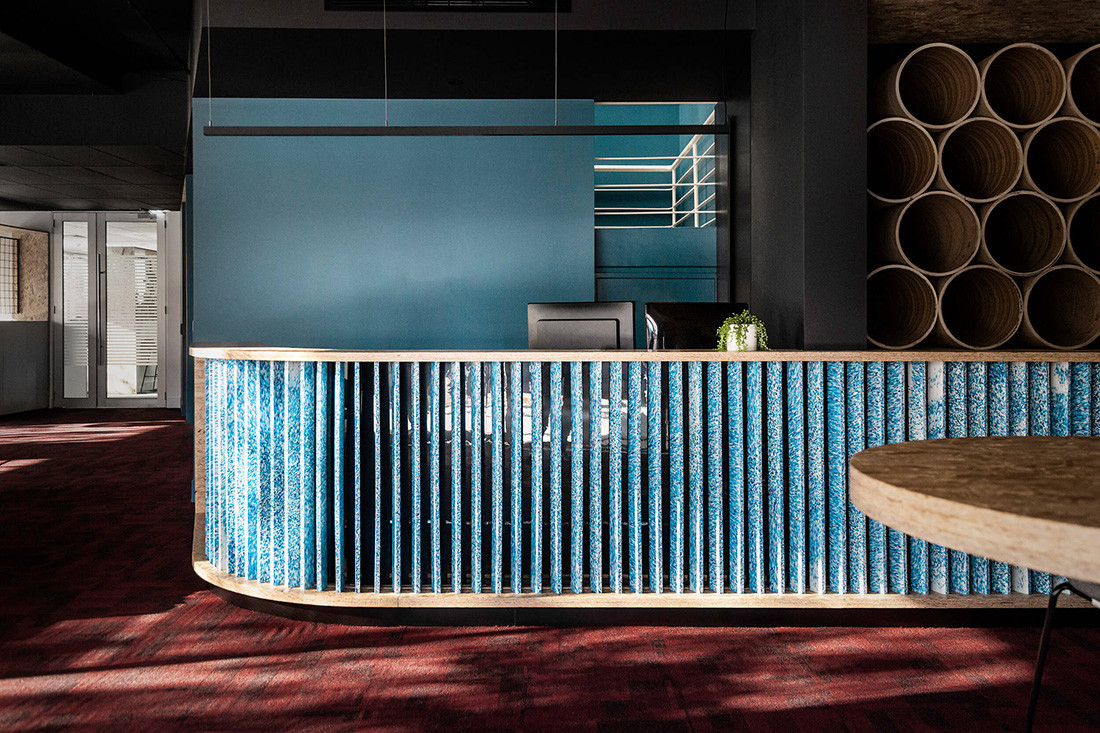
Headquartered in Melbourne, Asaleo is an Australian manufacturing company with a product range centred around forestry products. Contrary to the industrial conduct you’d expect of your typical manufacturer, Asaleo is founded upon a workplace culture that values people, innovation and public shareholder interest above all else — making triple bottom line sustainability a critical measure of success for the company’s recent office fitout project.
At the receiving end of the fitout brief — not to mention the strict budget constraints that came with — was Melbourne-based architecture practice, Splinter Society. Needless to say, the designers had their work cut out for them from the project’s outset; to execute an entire workplace redesign culminating in a sustainable office with inimitable style — and to do so on a tight budget — would be no small feat.


Splinter Society responded with a mindset in favour of adaptive reuse, carrying it through to even the most material details. Through an extensive exercise in cataloguing and repurposing most materials and FF&E from the original 30-year-old office — including desks, partitions, storage, furniture, glazed walls, ceiling finishes, carpet and doors — were reused and rearranged in a more contemporary open-plan model of working, with clusters formed for teams and privacy.
It was decided to create an open and inviting reception/coffee lounge at the front of the building that connects the factory staff with the office staff. This was designed with a stripped-back finish, exposing, off-form concrete ceilings, columns and flooring for effect. Where new items were constructed, there was significant use of existing cardboard tubes, a by-product of their manufacturing process, which became fashioned into wall linings, screening devices and shelving units to display product.

“To add colour, we used 100% post-industrial recycled HDPE, custom mixed to suit the firm’s corporate colours, as a joinery material in the front area,” Splinter Society explains. “This product from Replas is fantastic and closes the loop on some of the waste products that come out of the factory.”
The addition of timber came about during the fitout process as a means to draw colour and warmth to the spaces, expressed via furniture, partitions and joinery where required. It was decided to use OSB which is a wood chipped product that utilises softwood waste products from the pine plantation industry. This sustainable solution has the added value of subtly forging an eloquent link back to the product Asaleo creates.


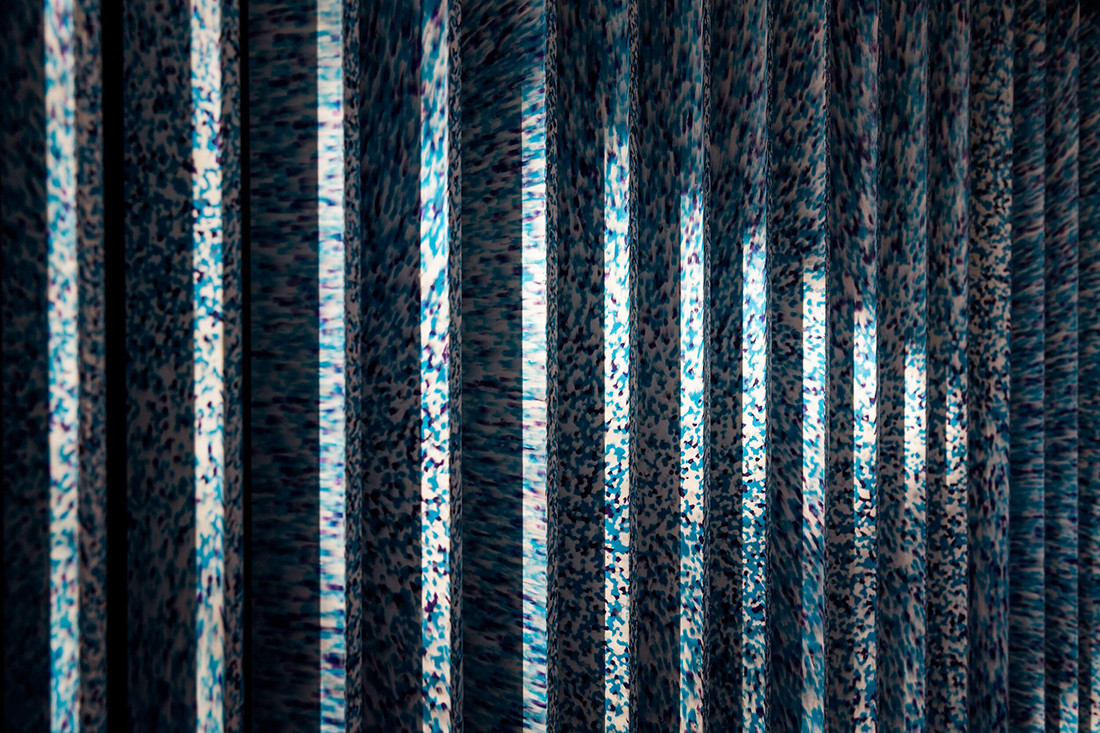
INDESIGN is on instagram
Follow @indesignlive
A searchable and comprehensive guide for specifying leading products and their suppliers
Keep up to date with the latest and greatest from our industry BFF's!

For Aidan Mawhinney, the secret ingredient to Living Edge’s success “comes down to people, product and place.” As the brand celebrates a significant 25-year milestone, it’s that commitment to authentic, sustainable design – and the people behind it all – that continues to anchor its legacy.

A longstanding partnership turns a historic city into a hub for emerging talent

The American Hardwood Export Council (AHEC) has collaborated with leading Indonesian designer Hendro Hadinata on the KARANA Collection, unveiled at Indonesia Design Week (IDW).

NGV exhibition ‘Making Good: Redesigning the Everyday’ is open – and be prepared to be amazed and delighted by great creative design.
The internet never sleeps! Here's the stuff you might have missed
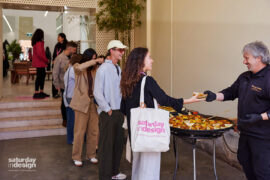
Collingwood pulsed with energy at Saturday Indesign 2025, where talks, launches and activations spilled from showrooms into the streets.
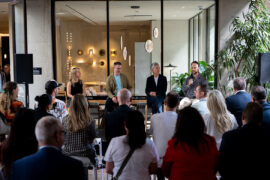
The CBD and South Melbourne Precinct promises a day of design experiences that balance movement, wellbeing, innovation and hospitality.